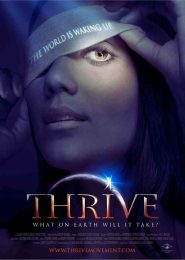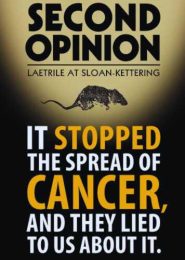The Art of Deception (2013)
The Art of Deception is a kind of modern-day cautionary tale, revealing how the media, that powerful puppeteer, can shape our perceptions and beliefs. The documentary takes us on a journey through various instances where the truth was not just bent, but twisted into forms almost unrecognizable. It’s a stark reminder that what we see on our screens isn’t always the unvarnished truth.
The Art of Deception isn’t just about pointing fingers, though. It’s an exploration, a conversation about the very nature of truth in our digital age. It questions the responsibility of those who broadcast information and challenges us, the audience, to question everything. After all, in a world where technology allows anyone with a camera and an internet connection to proclaim their version of reality, discernment becomes key.
The documentary highlights some startling examples, like the Kony 2012 campaign, which, while raising awareness about Joseph Kony, was also critiqued for its oversimplification and inaccuracies. It’s suggested that the campaign served as a smokescreen for ulterior motives, such as the US government’s interest in Uganda’s untapped oil reserves.
Then there’s the mention of Zeitgeist, a film series that became a cult phenomenon. The Art of Deception states that it was used by the Illuminati to undermine religion and instill fear about their existence. Far-fetched? Perhaps. But it’s these kinds of theories that the documentary wants us to scrutinize.
What’s truly fascinating is how the film doesn’t just tell us what to think; it shows us how to think. It encourages a healthy skepticism, urging us to look beyond the surface and seek out our own truths. It’s a reminder that in the end, we’re all detectives in the grand mystery of life, piecing together clues in the search for reality.
So, as one might say, “The truth is out there, and it’s our job to find it. But remember, the path to enlightenment is paved with questions, not answers.” And that, my friends, is the art of deception.




